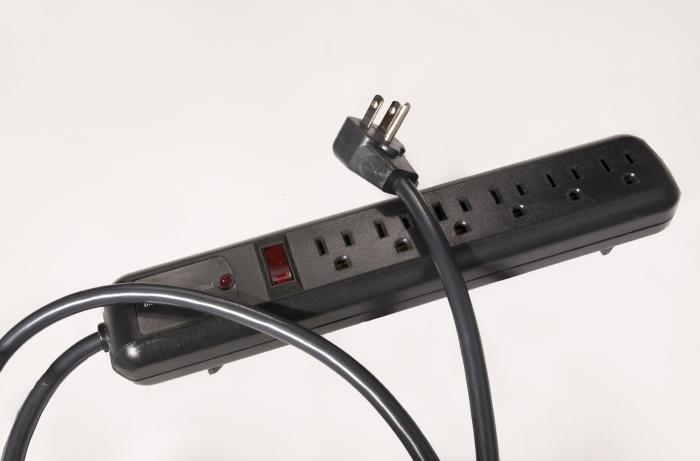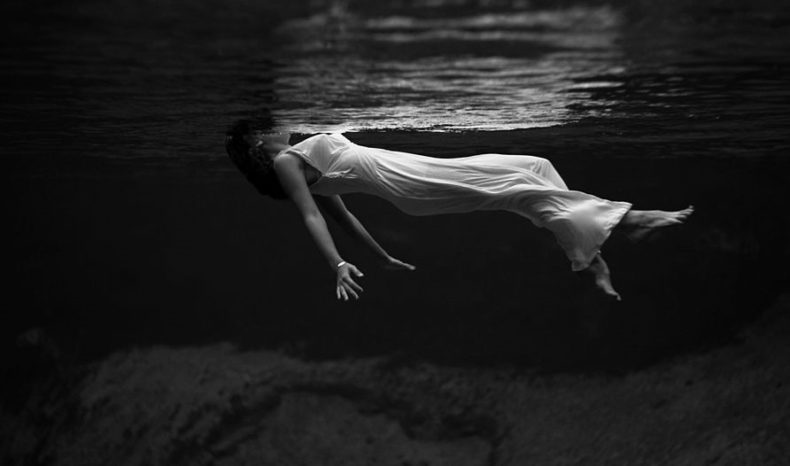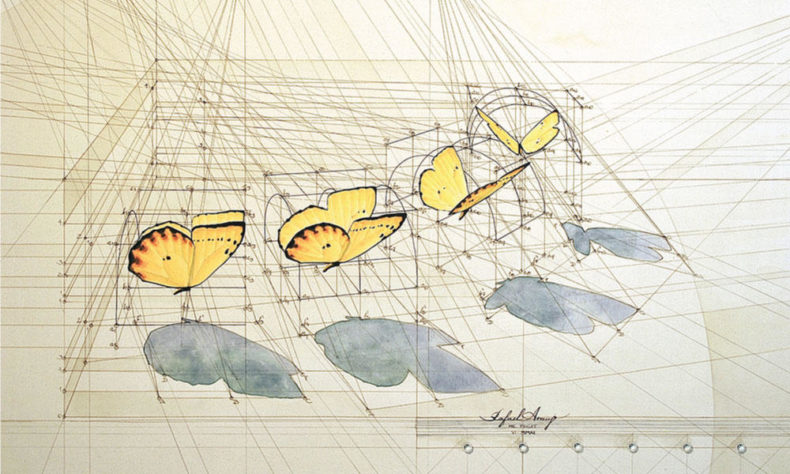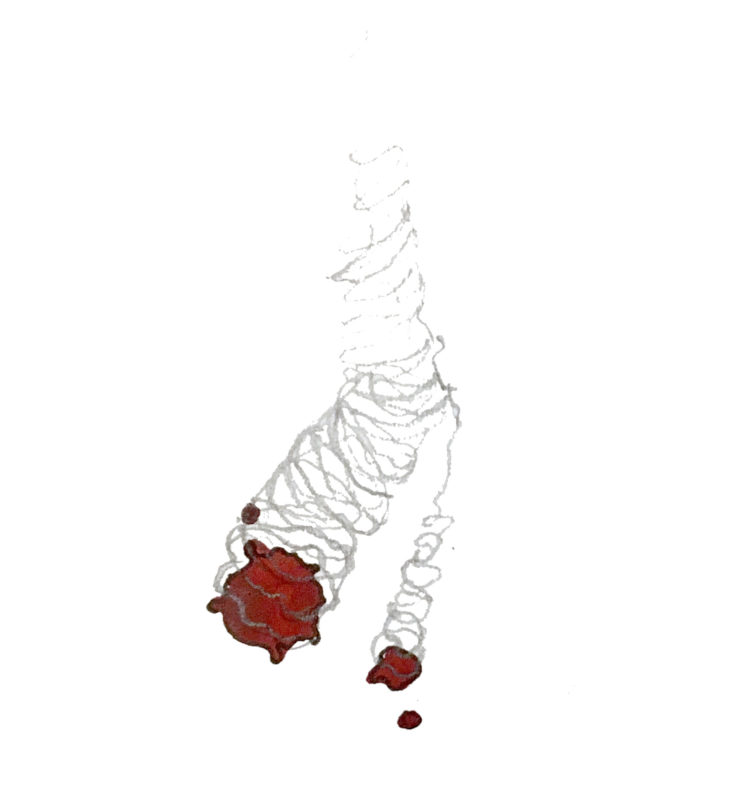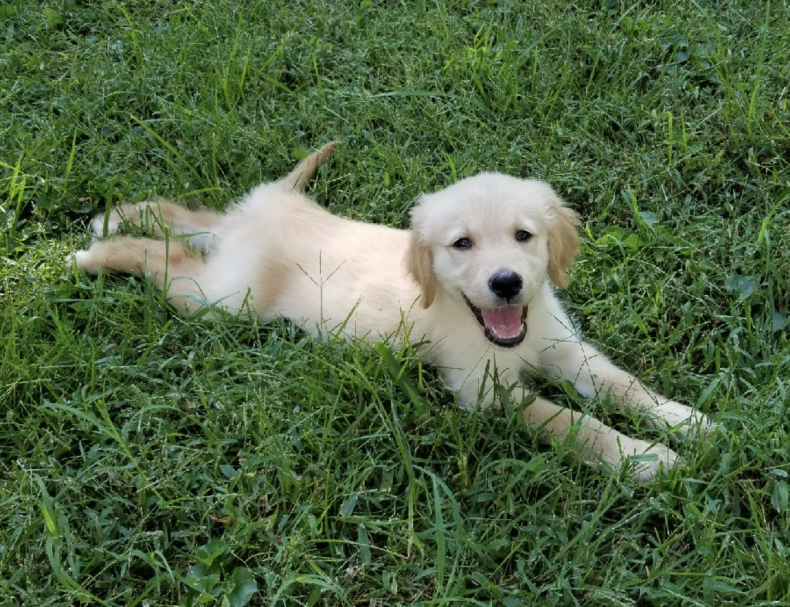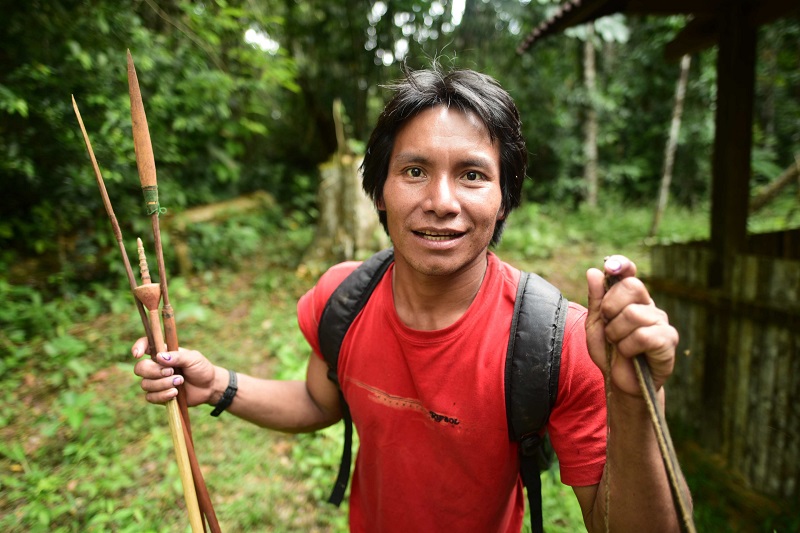
In 2016, I went to the Peruvian Amazon on assignment for National Geographic. I focused on a group of indigenous people, the Matsiguenka, living inside Manu National Park.
One of my sources was Alejo Machipango, a hunter, farmer, and member of the water committee for the village of Yomibato. Alejo is about 34, but I would have guessed his age at 22. He is married and has several kids. He is a jokester. He likes chewing coca, drinking manioc beer. He takes his arrows with him most places, just in case. I saw him shoot at some birds, but never hit one. And he always laughed when he missed.
One day, Alejo took me to see the spring where Yomibato gets its water. The water system in the village was installed by a charity called Rainforest Flow between 2012 and 2015. When I did my reporting in Manu, National Geographic hired Rainforest Flow to get me there, because they have their own boats and boat drivers.
A few generations ago, the Matsiguenka used to be more dispersed on the landscape. Each family lived apart, and households moved often. The whole community would gather together once a month, on the full moon, and have a big party with manioc beer. But more recently, many families decided to move to Yomibato to be near the school and clinic. As the community grew to several hundred, the local river and streams became contaminated with bacteria and waterborne illness became a chronic problem. Continue reading
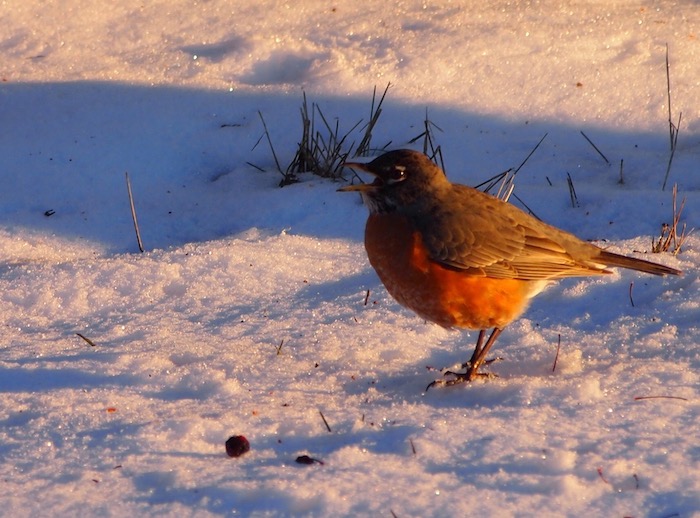
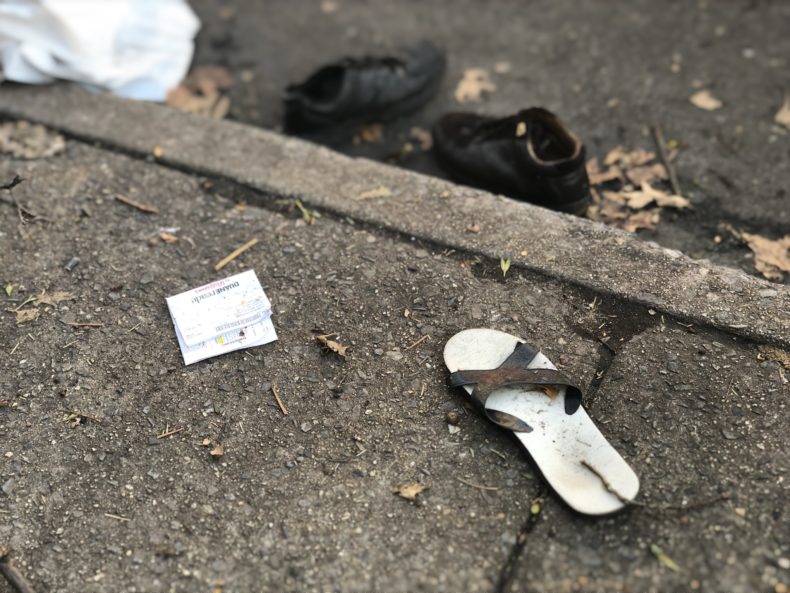 Just past lunchtime one warm Tuesday last spring, as I walked through my neighborhood to the local Indian restaurant for samosas, I saw a big yard sale going on. I’ve long been a fan of a good rummage sale—that hunt for something tired and old to dust off and love anew. From a distance I could see the usual household bits and bops, some well-used furniture, and piles of clothes and bedding spread over half a block of sidewalk and trampled grass. Odds and ends seemed to have toppled down the steps of the townhouse hosting the event—it was a remarkably disorganized set up. People poked around, others loaded items into trunks and back seats of hastily parked cars as drivers waited, engines running.
Just past lunchtime one warm Tuesday last spring, as I walked through my neighborhood to the local Indian restaurant for samosas, I saw a big yard sale going on. I’ve long been a fan of a good rummage sale—that hunt for something tired and old to dust off and love anew. From a distance I could see the usual household bits and bops, some well-used furniture, and piles of clothes and bedding spread over half a block of sidewalk and trampled grass. Odds and ends seemed to have toppled down the steps of the townhouse hosting the event—it was a remarkably disorganized set up. People poked around, others loaded items into trunks and back seats of hastily parked cars as drivers waited, engines running.